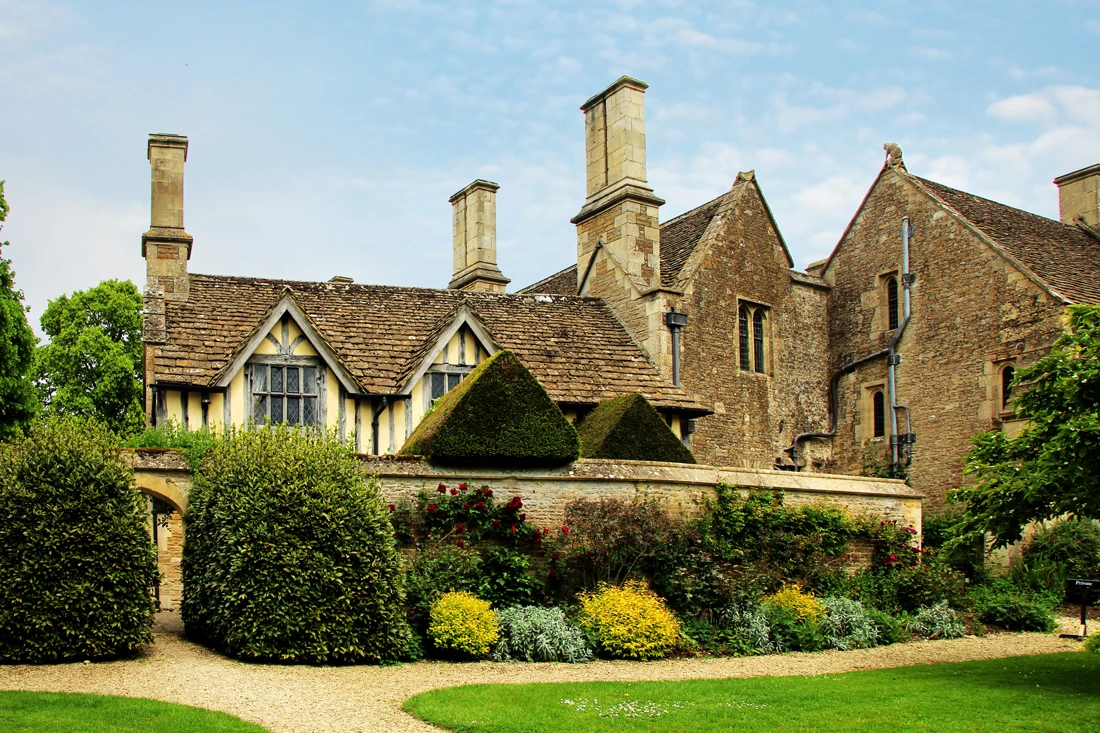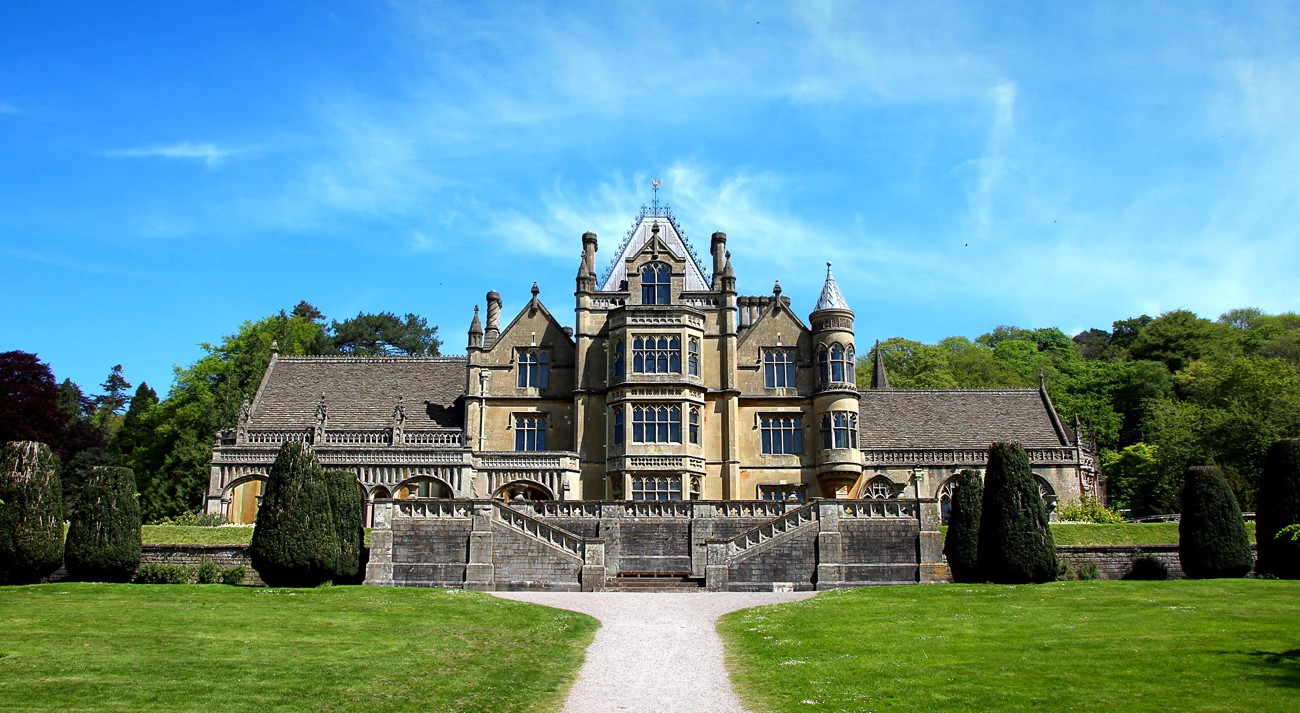11/10/2019 | Category: Home Insurance

The idea of a listed building often conjures up images of beautiful stately homes, impressive mansions or ancient castles. But not all listed buildings are publicly owned. Lots of listed buildings are people’s homes. In fact, according to Historic England (formerly English Heritage), the vast majority of its historic buildings are privately owned.
Living in a home with heritage is a reality for some of us. Whether it’s a chocolate box cottage or a sprawling historic estate, listed buildings are often full of period features and rustic charm.
If you own a listed building, there’s a lot to take in – from maintenance and repairs to protecting your home for future generations. Whether you’ve inherited a property that has been in your family for generations or are looking to buy a listed manor house as a country residence, here’s everything you need to know about owning a listed property.
How many listed buildings are in the UK?
It’s hard to put an exact figure on the number of listed buildings there are in the UK. This is because there are multiple heritage lists and one entry can sometimes cover a number of individual buildings (for example, a row of terraced houses). The National Heritage List for England (NHLE) estimates there are around half a million listed buildings across England and Wales.
Some areas in the UK have a higher density of listed building than others. Villages in England, for example, with the most listing buildings are Painswick (228), Lavenham (196), and Robin Hood’s Bay (185). Data from Historic England also reveals that around 68,000 timber-framed buildings are listed, along with more than 460 metal-framed buildings and in excess of 150 prefabricated buildings.
And it’s not just buildings that are listed. The list includes a 1959 Blue Streak rocket in Carlisle, signage for the former Walthamstow dog track and a total of 514 pigsties.
How does a building become listed?
The idea behind listed buildings was introduced during World War II as a way of determining which buildings should be rebuilt. Today, the older a building, the more likely it is to be listed. As a rule of thumb, anything built before 1700 (that is still in its original condition) is listed, whereas buildings less than 30 years old are unlikely to be listed.
When a building is listed, it means building consent must be applied for in order to make any changes to the property that could affect its special interest.
An application for listed building consent is made via the local council – anybody can put a building forward for listing. When the local authority is considering whether to grant or refuse an application, by law they must pay particular attention to the desirability of preserving the building, its setting, and the features that make it special. The criteria for what makes a building special will vary from property to property.
When a property is said to be ‘of special architectural or historic interest’, it is added to the listed buildings register. Depending on where you live, this register could be managed by Historic England (England), Cof Cymru (Wales), Historic Environment (Scotland), or Department for Communities (Northern Ireland).
What are the grades for listed buildings?
Depending on where your listed building is located, there are different levels of listing.
England and Wales
· Grade I: Buildings of outstanding or national architectural or historic interest (2.5% of listed buildings)
· Grade II*: Particularly significant buildings of more than local interest (5.5% of listed buildings)
· Grade II - Buildings of special historic or architectural interest (92% of listed buildings)
Scotland
· Category A: Buildings of national or international importance, either architectural or historic, or fine, little altered examples of some particular period, style or building type
· Category B: Buildings of regional or more than local importance, or major examples of some particular period, style or building type, which may have been altered
· Category C: Buildings of local importance, lesser examples of any period, style or building type, as originally constructed or moderately altered, and simple traditional buildings which group well with other listed buildings
Northern Ireland
Listed buildings in Northern Ireland are graded A, B+, B1 and B2, and use a similar system to that in Scotland.
What to consider before buying a listed property
 Owning, maintaining and renovating a listed building can be complicated so here are four things to think about before taking the plunge and owning a listed building.
Owning, maintaining and renovating a listed building can be complicated so here are four things to think about before taking the plunge and owning a listed building.
1 Find out the grade of the building
The grading of a listed building will determine how much renovation work you can carry out. Find out if a property is listed (and it’s grading) on the planning section of your local council’s website.
2 Don’t make any assumptions
If you are planning to carry out work on a listed property you will need to apply for consent from the local authority – however small that alteration might be. Failure to get the appropriate consent is a criminal offence. You may find it is easier to add an extension that remove an original fireplace or internal wall. Any features listed in official listing document will be out of bounds.
3 Be realistic about the cost of repairs
Repairing and maintaining a traditional building costs a lot more than a modern home. Specialist materials and/or tradespeople may be required to carry out repairs, and off-the-shelf doors and windows are not likely to be acceptable. This can prove to be expensive and add additional costs to your repair bills. Sympathetic renovations will add value to a property, but repairs carried out without consent could mean the property is hard to sell in the future.
4 Check what’s happened in the past
If works carried out by the previous owners of a listed building have not been authorised, you may find you end up inheriting the problems. If the property does not correspond to the consent plans, you will be liable to correct those mistakes. Having specialist high net worth home insurance in place can prove invaluable.
Owning a listed building is wonderful, and living in one is a dream come true for many of us. However, make sure you approach the situation with your eyes open. You must be prepared for a lot of red tape and have a lot of patience.
If you own (or are thinking of owning) a high value property, you may struggle to find the high net worth home insurance cover your listed building deserves. For example, if your listed home was damaged in a fire, deciding the cost of repairs wouldn’t just be between you and your insurer. It would involve a conservation officer and Historic England (for Grade I or Grade II* buildings). They want to get the property back to its original state and won’t give much thought to the cost.
At Insurance Choice we offer an exclusive service to our high net worth clients and understand the importance of providing bespoke insurance solutions.
Get in touch with the team today to find out about how one of our high net worth home insurance policies could benefit you and your beautiful listed building.
